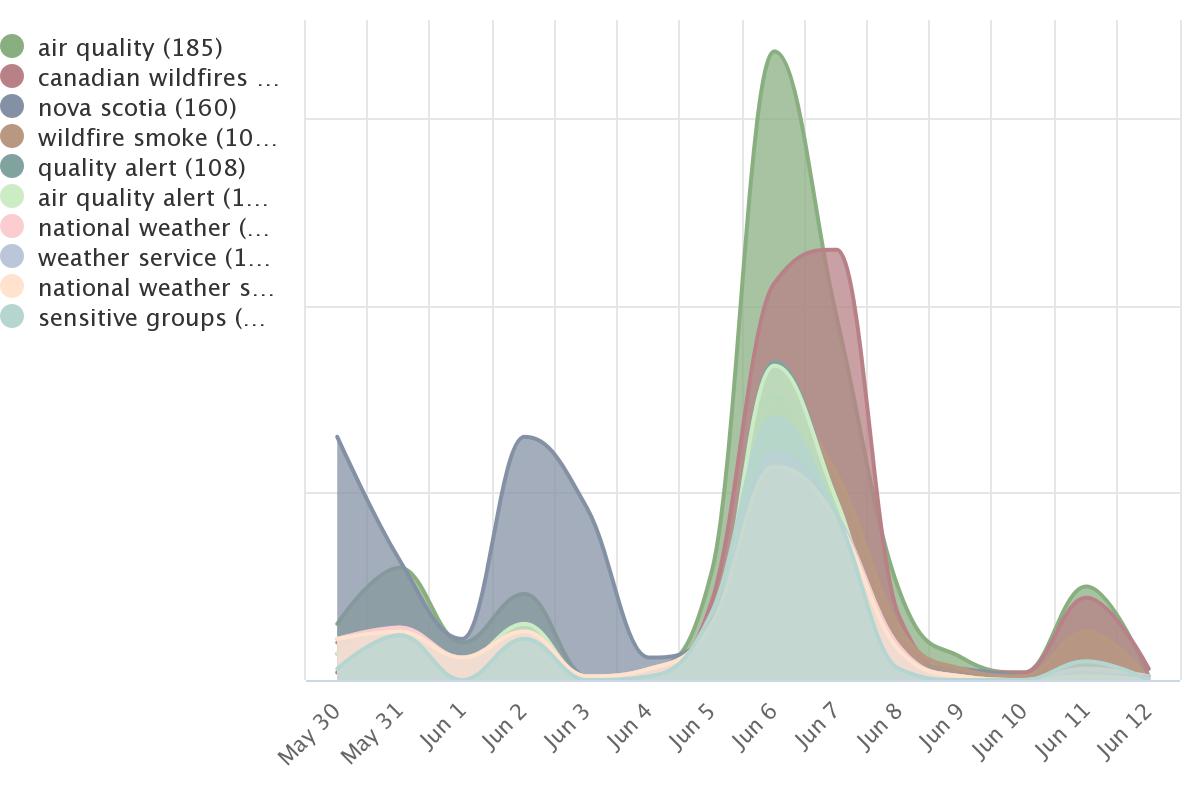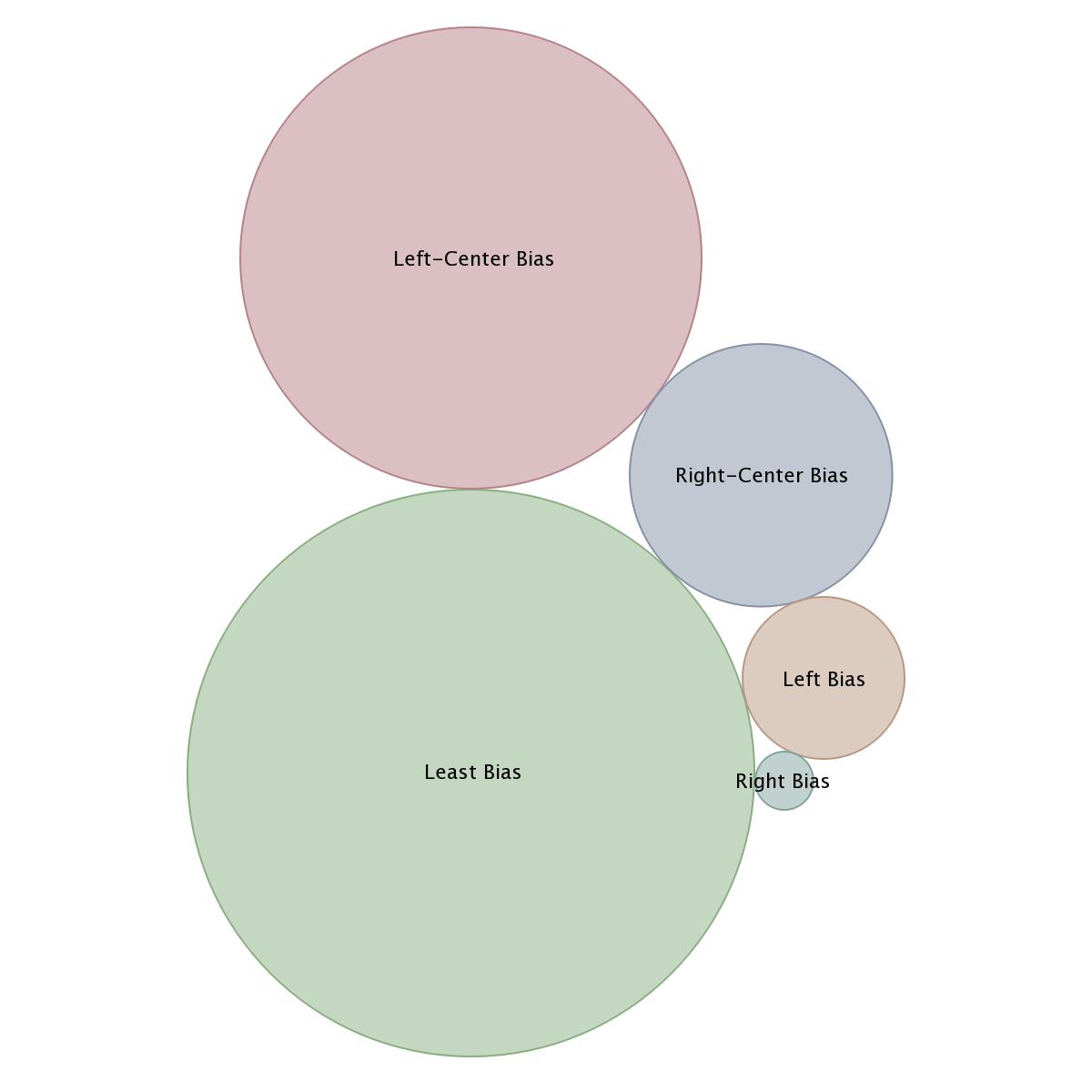
The Canadian Wildfires have reached unprecedented levels, leading to a cascade of effects in the United States. With over 273 sources across various media outlets, including ABC 7 New York, the narrative surrounding these wildfires is gaining significant attention. The key themes amplified in this narrative revolve around the Canadian wildfires, air quality concerns, travel delays, game postponements, and the smoky blanket affecting regions. This article explores the impact of these wildfires on travel, air quality, and sporting events, highlighting the challenges faced on both sides of the border.
These Kudzu Narrative Intelligence briefs auto-update every few hours with fresh analysis:
One prevailing narrative emphasizes the detrimental impact of the Canadian wildfires on air quality and public health.
Another narrative highlights the disruptive impact of the Canadian wildfires on travel, particularly in the United States.
A third narrative focuses on the repercussions of the Canadian wildfires on sporting events in the United States.
Analyzing the top surfaced keywords from our narrative intelligence technology provides valuable insights into the narratives surrounding the Canadian wildfires.
- Air quality: The significant number of mentions highlights the widespread concern regarding the impact of the wildfires on air quality and public health.
- Canadian wildfires: The focus on the Canadian wildfires confirms their central role in the narrative, serving as the primary cause of the associated challenges.
- Nova Scotia: Nova Scotia's prominence as a keyword suggests that the region is heavily affected by the wildfires and experiences specific consequences.
- Wildfire smoke: The presence of this keyword underscores the pervasive issue of smoke and haze resulting from the wildfires, causing disruptions across the affected areas.

- Left-leaning sources place a stronger emphasis on environmental factors and health impacts, particularly related to air quality and climate change.
- Air quality index, climate change, and environmental protection are frequently mentioned, reflecting a focus on the broader implications of the wildfires on the environment and the need for protective measures.
- Sensitive groups and particulate matter highlight concerns about vulnerable populations and the specific pollutants present in the smoke.
- The emphasis on smoke from Canadian wildfires and smoke from wildfires showcases the connection between the wildfires and the hazardous air conditions.
- Right-leaning sources tend to prioritize issues such as political figures and policies, alongside broader coverage of the wildfires.
- Joe Biden and the White House are mentioned, indicating a focus on the political response to the wildfires.
- The mention of forest fires suggests a broader perspective on fire-related incidents beyond the Canadian wildfires.
- Juxtaposition of poor air quality and outdoor activities signifies concerns about balancing public health measures with individual freedoms and leisure activities.
As revealed by our narrative AI, a comparative analysis of media coverage across political leanings shows significant differences in the number of articles published:
The numerical differences in media coverage across political leanings are substantial. The left-leaning categories (Left-Center Bias and Left Bias) together make up almost triple the coverage of the right-leaning categories (Right-Center Bias and Right Bias). The largest portion of coverage falls into the Least Bias category, suggesting a relatively neutral stance in the reporting.

Note: Kudzu Narrative Intelligence briefs update every few hours. Very likely, the Narrative Analysis data visualization depicted in the graphic above will have changed as well.
Image Credit: Article Header Image by Ahmer Kalam on Unsplash